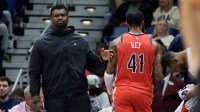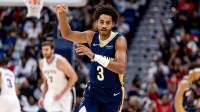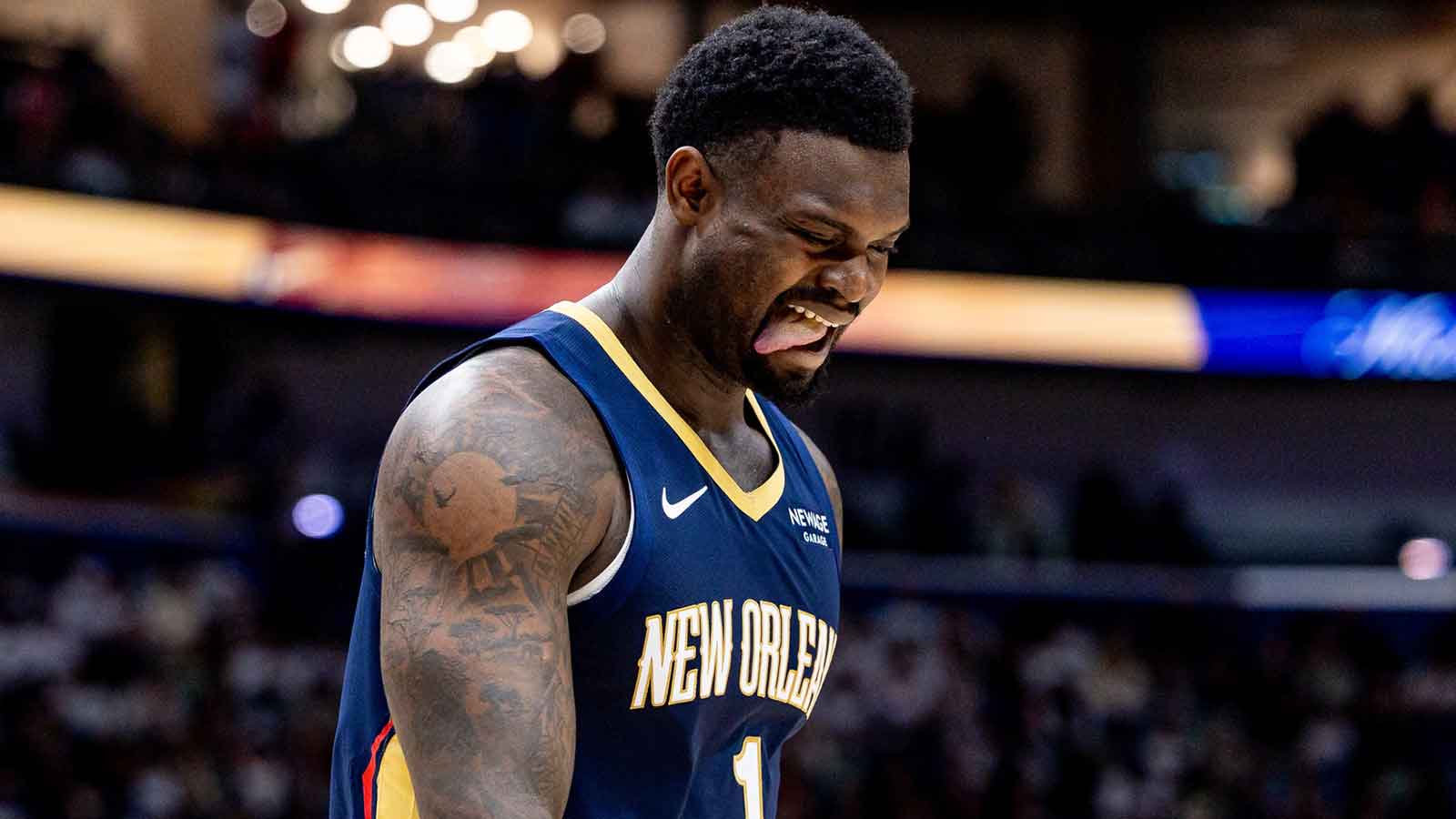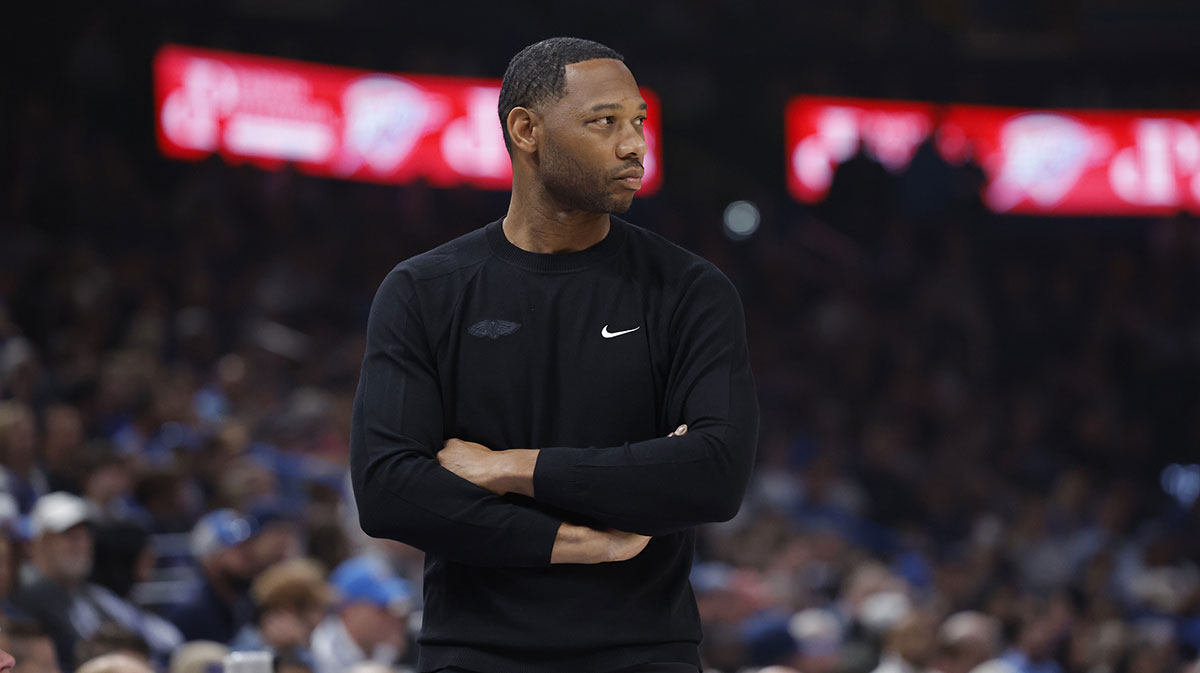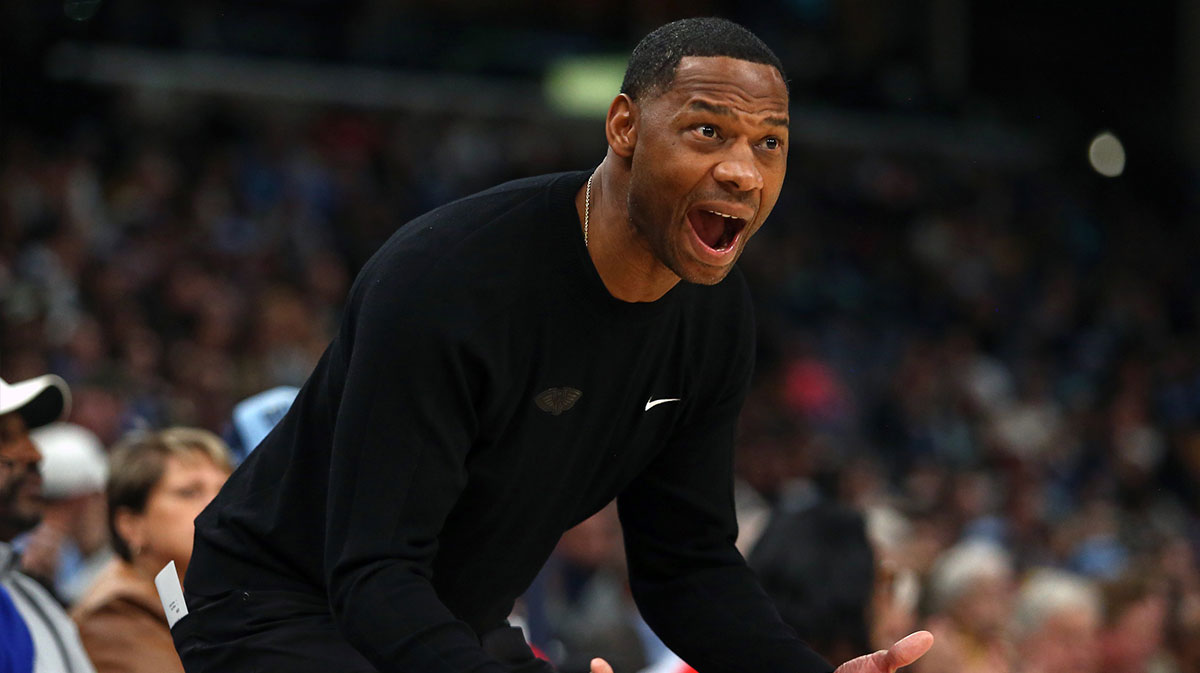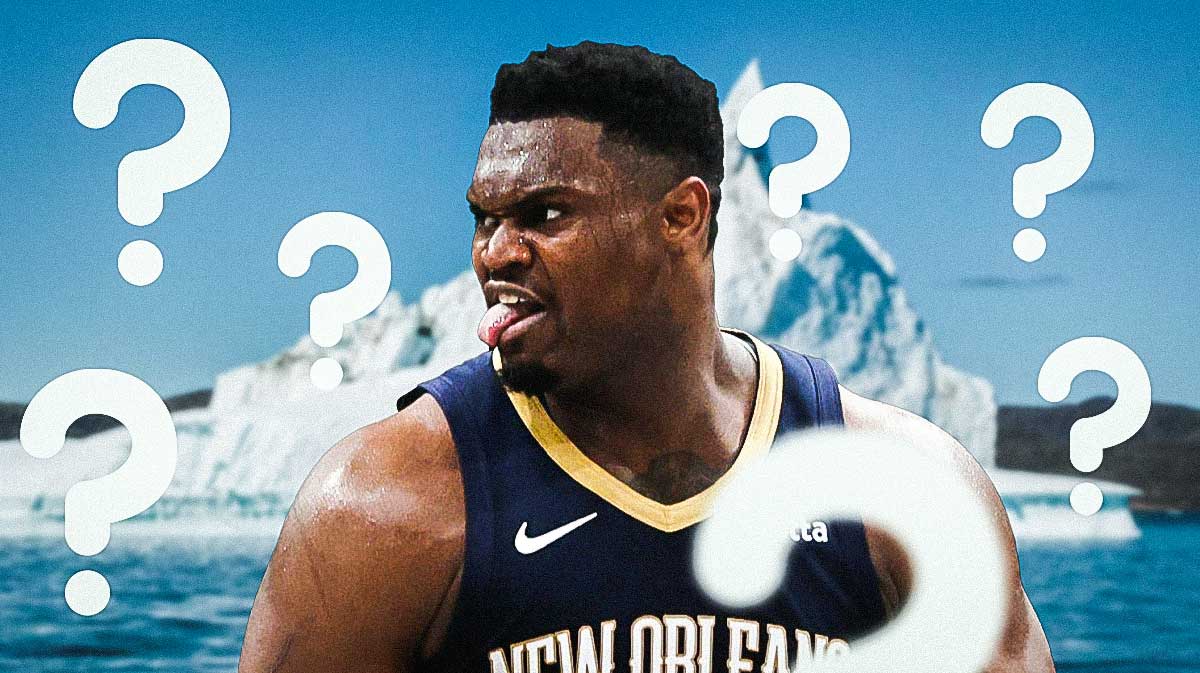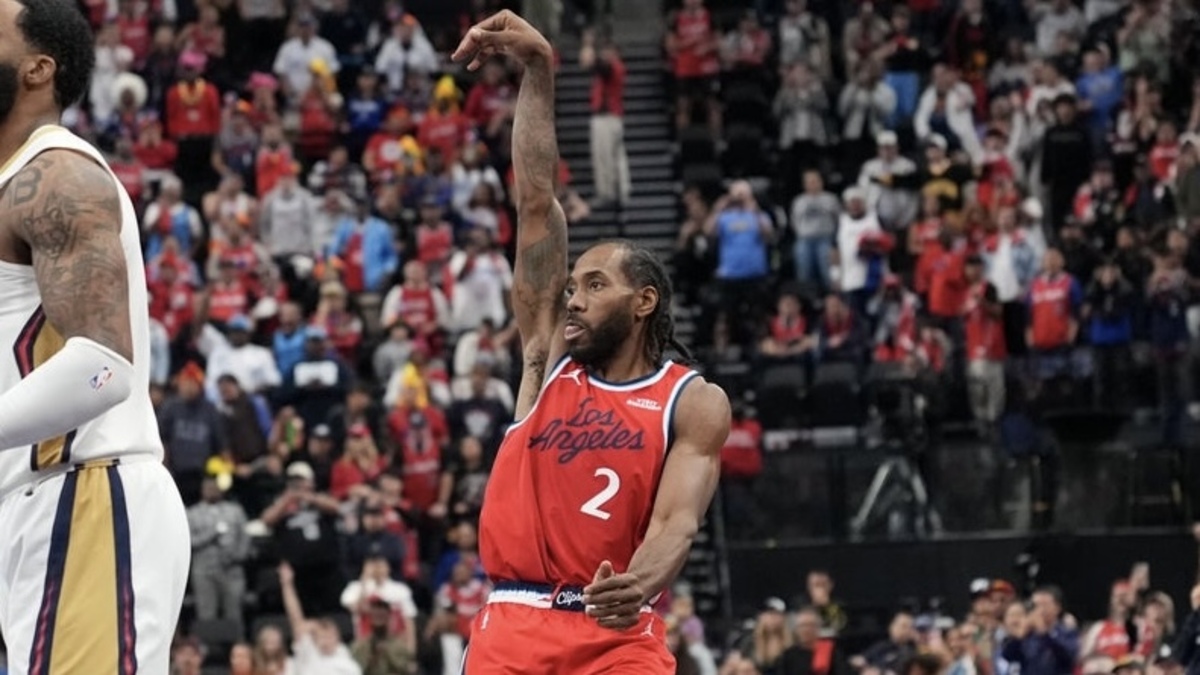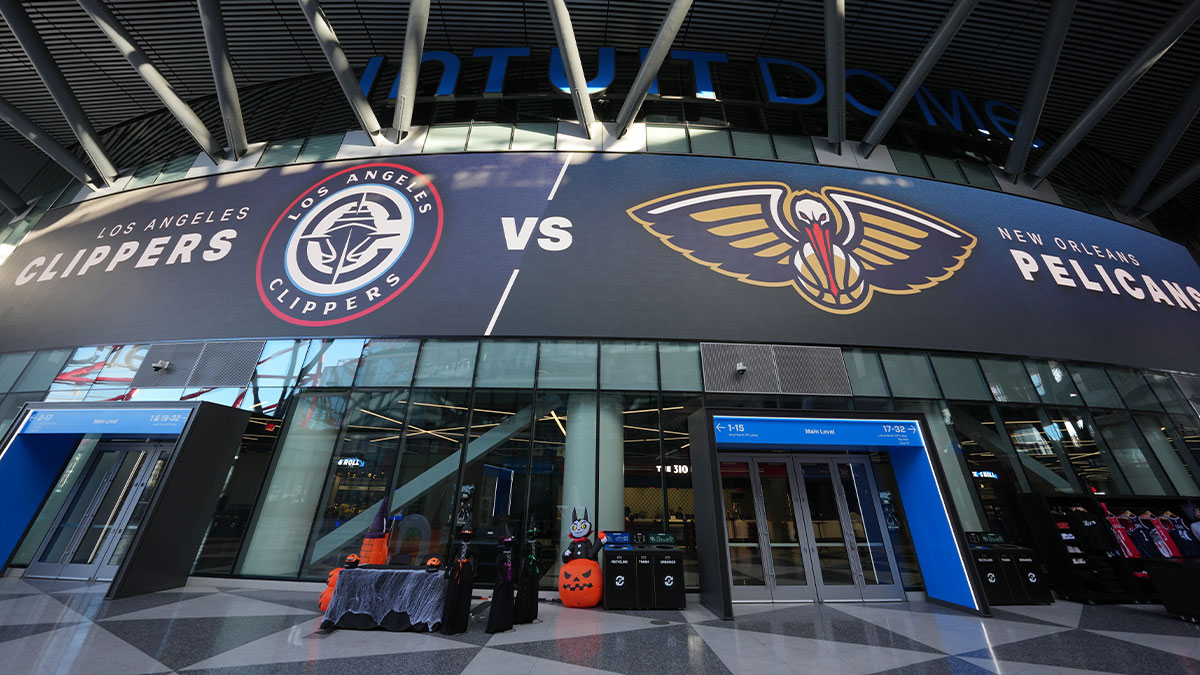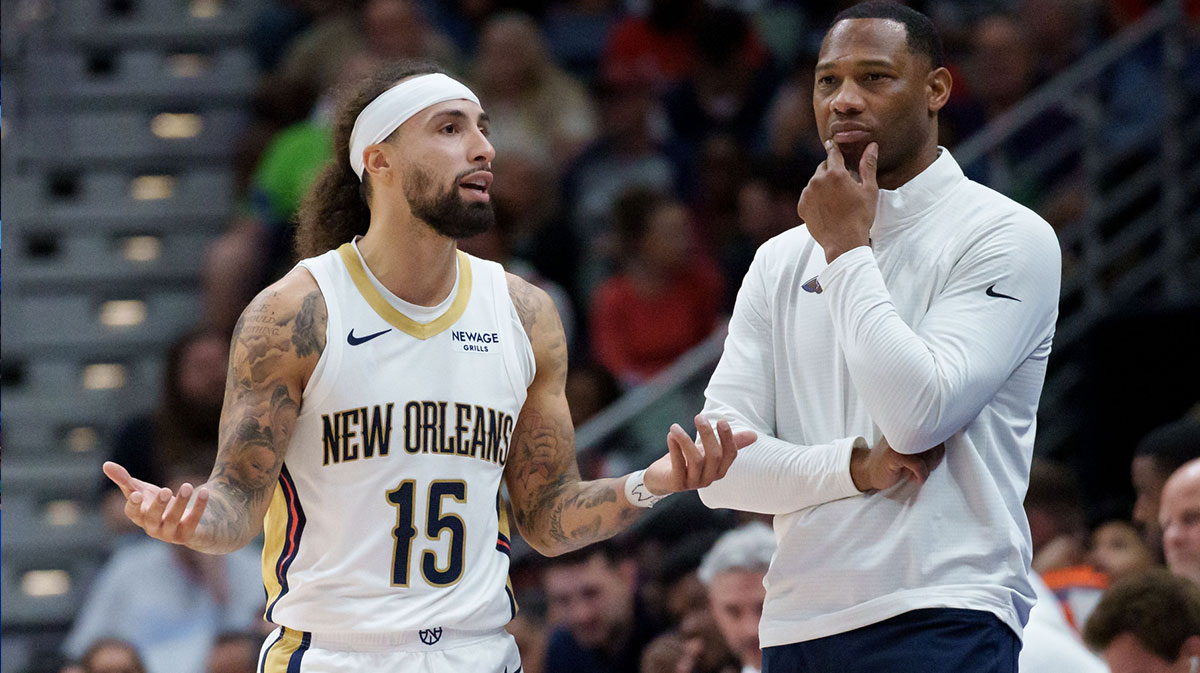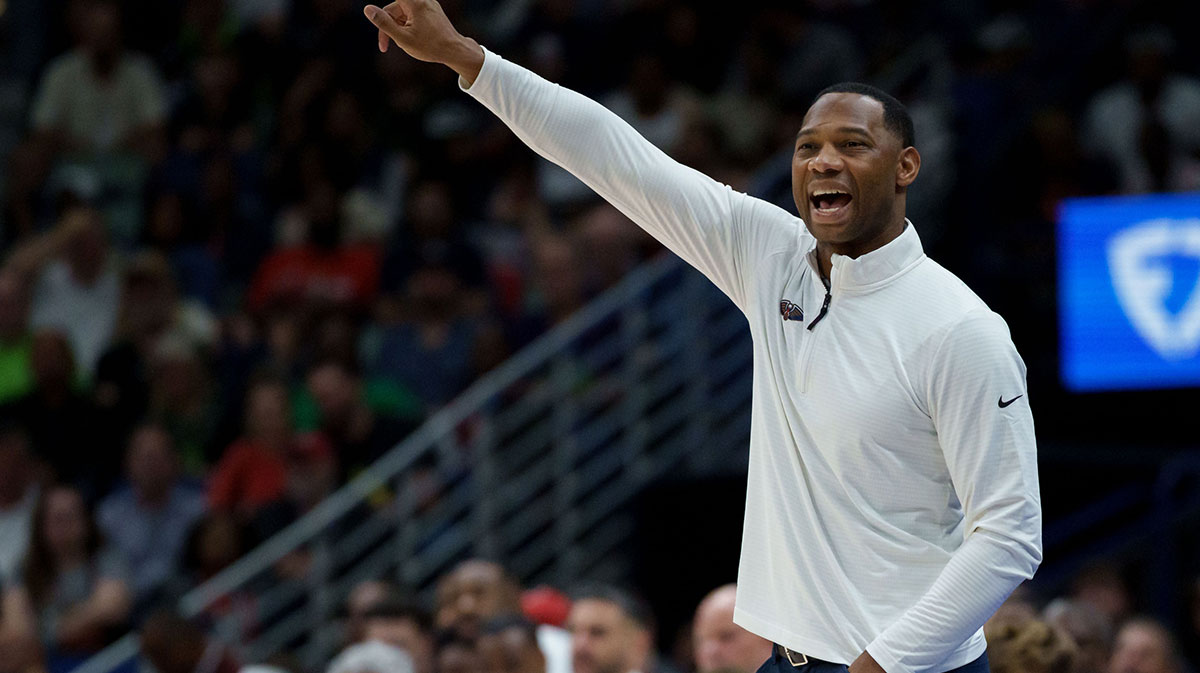The designated veteran player extension, best known as the “supermax” extension, was designed to give small market teams a better chance to keep their homegrown stars and entice those stars to remain with the franchise with a more lucrative offer. Following Kevin Durant's shocking signing with the Golden State Warriors on July 4, 2016, the NBA couldn't wait to get a new collective bargaining agreement rolling, hoping that was the last case of an elite player joining a juggernaut.
Yet that provision has done little for the likes of Paul George, Kawhi Leonard and Anthony Davis, who requested a trade from the New Orleans Pelicans on Jan. 25.
While several stars like Stephen Curry (the first to sign a supermax deal), James Harden, Russell Westbrook and John Wall have benefited from the concept of this new rule, it has largely failed to do what it was intended to do — keep star players who are on the fence of potentially leaving for greener pastures.
How it started
The league was determined to never let a Durant-to-Warriors scenario happen again, hence the nickname of “The Durant rule,” which soon rolled around after the provision was first introduced. Under the 2011 CBA, any team was able to offer Durant a first-year offer of $26.5 million, making it a matter of loyalty to the home team, or a free-for-all for the remaining 29 teams vying for his services.

The hope of this new provision was to allow a team like the Oklahoma City Thunder to keep Durant by offering substantially more than any other team in the league. Under the rule, the team offering the supermax should have drafted or traded for the player while still under his rookie contract, allowing the franchise to sign him to a starting salary between 30 and 35 percent of the salary cap.
For a veteran player to qualify for this extension, he must be entering his eighth or ninth season of service and have either:
- Made the All-NBA team (any of the three) in either the season immediately before signing the extension, or two of the three previous seasons;
- Have been named NBA Defensive Player of the Year in either the season immediately before signing the extension, or two of the three previous seasons; or
- Have been named the NBA's Most Valuable Player at least once in the previous three seasons.
How it failed
While Curry, Harden, Wall and Westbrook signed their supermax extensions in 2017, all of them were considered franchise cornerstones in no danger of leaving the franchise at the time, making it a no-brainer decision for management to put pen to paper and reward them for a long-term commitment.
The first failure came in the form of Paul George, who sought out a trade from the Indiana Pacers and was ultimately traded to the Oklahoma City Thunder. While George actually fell just short of the supermax criteria that would have allowed the Pacers to offer him a five-year, $207 million extension, he was no lock to sign that deal and appeared to be on the way out no matter what. The Thunder signed him to a four-year, $137 million deal the next summer.

Next up was Kawhi Leonard, who only played nine games in 2017-18, but was still bound to receive a supermax offer from the San Antonio Spurs, only to part ways due to irreconcilable differences with the team. He was traded to the Toronto Raptors this past summer and could look to take his talents to Los Angeles in the offseason.
To see the Spurs struggle to keep a star after boasting franchise talismans like David Robinson and Tim Duncan playing their entire careers in San Antonio, it drew a clear line in the sand and sent a reverberating message to the rest of the NBA — there's not enough money in the world that can keep a player from pursuing his basketball nirvana.
Why it failed
The most clear case is Anthony Davis, who requested a trade from the Pelicans two Fridays ago, fully knowing the team's playoffs hopes are futile and boasted little promise to add the necessary talent to propel him to a future title.

Truth of the matter is that money does matter, but so does patience.
While The Brow turned down a potential five-year, $230 million supermax extension before it was even offered, he is more than capable to make that much and more over the course of the next six years following his current contract if he's traded by Thursday's deadline or before his deal expires.
Cap guru Albert Nahmad illustrated how waiting a couple of seasons by signing one-and-one deals could exponentially expand his riches, with the salary cap only bound to increase over the next few years:
Anthony Davis could earn $267M from the Pelicans over the next six years if he signs a “super-max” extension. But, if he’s traded, his various alternatives could be just as attractive. Here’s a comparison with one possibility: pic.twitter.com/YRDwqDqDUy
— Albert Nahmad (@AlbertNahmad) January 28, 2019
Kevin Durant has followed this model, inking three straight one-and-one deals with the Warriors before potentially leaving this summer looking for that mega-deal to set him up for life.
While Davis will lose some money in his next few years, he could exponentially outgrow his lifeline in the league by signing later rather than sooner — keeping him under contract until at least the 2025-26 season, with an option to exercise his player option or decline it and sign a new deal by the age of 33.
What it means for future would-be supermax free agents

The NBA's salary cap will balloon over the next few seasons thanks in large part to one factor — legalized sports gambling.
The league is already starting to make pockets of revenue from this partnership and will only see that skyrocket over the years with its popularity growing by the minute.
As the chart shows above, Anthony Davis could make as much as $60.1 million in one season — something completely foreign to even the highest-paid player this season in Stephen Curry, who is making $37.5 million in 2018-19.
Curry will make $45.8 million in the final season of his contract (2021-22) by the time he turns 33 — a difference of nearly $15 million of what Davis could make by the same age once his time comes.
As long as teams are failing to deliver wins and the potential to turn into a contender, stars will make the most of this era of player control and force their way into new horizons, knowing full well the money will come naturally as long as they make the most of their prime. Partnerships, endorsements and investments are readily available in big markets, creating all sorts of non-contract income for those seeking a life in a bigger or different market.
. . .
Others who will have a similar opportunity, like Milwaukee Bucks star Giannis Antetokounmpo (after 2020-21) and future talents like Joel Embiid and Karl-Anthony Towns could also have the option to decline a potential supermax offer by the time their extensions are up and potentially choose to take the same route George, Leonard and Davis have taken by forcing a trade in hopes to set themselves up for a better situation.


